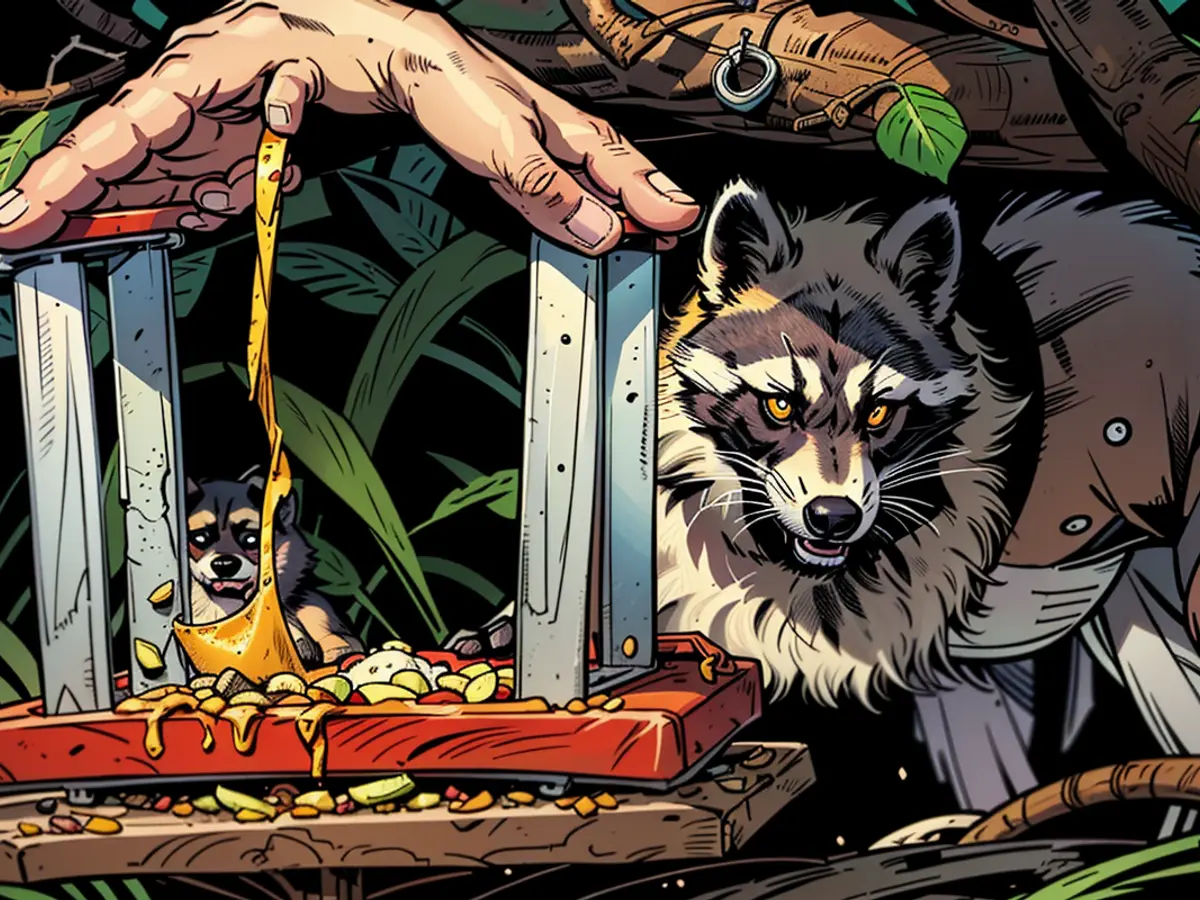- The association is calling for more city hunters
More city hunters, a bounty, and subsidies for the utilization of hunted American mink: Thuringia's hunters demand more political support to control the increasing spread of these omnivorous mammals.
"The hunting bag and wildlife monitoring tell a clear story," says Silvio Anders, nature conservation officer at the Thuringian Hunting Association. It is estimated that there are significantly more than 1.3 million American mink living in Germany alone, originally from North America.
While there are no concrete numbers for Thuringia, the Ministry of Agriculture also refers to the hunting bag of the association in response to a parliamentary inquiry. In 2014/15, there were 10,100 American mink, and the preliminary result for 2023/24 is around 13,000. In the hunting year 2020/21, there were also around 13,400 animals shot or killed in accidents.
Problematic for other species
American mink could spread so well here because they have no natural predators, according to the hunting association. Instead, they can potentially make life difficult for other species that are considered native and even endangered.
They can occupy bird nests and raid eggs. According to the nature conservation organization Nabu, American mink do not only eat eggs, but also small fish, crabs, and frogs, as well as birds and mice. They also consume fruits and nuts and can spread disease-causing agents that can be dangerous to other animals.
American mink are also increasingly spreading in cities. "They face little trouble there and find plenty of food in our waste," says Anders. More city hunters could help, as well as financial support for the purchase of live traps.
American mink burgers not that simple
If hunters shoot an American mink, they could sell the fur, have the animal stuffed, or pay experts to dispose of the body. "Most sustainably, of course, would be to use the meat," says Anders. However, this is also a cost issue, as potential American mink meat would have to be tested for special parasites, which would involve additional costs and effort.
Financial support for this is not currently planned, according to the ministry's response to the small inquiry. Nevertheless, the ministry also emphasizes that the utilization of the meat is sensible: "From the point of view of the state government, it is desirable to achieve a maximally effective utilization of hunted animals for resource gain (above all as food), insofar as nothing stands in the way (for example, unsuitability for consumption due to illness or parasite infestation)."
Hunting animals not necessarily the best solution
However, there is also criticism of the hunt for American mink. Nabu points out that hunting these animals does not necessarily lead to a sustainable reduction in the population, as the mink could compensate for losses by breeding more. However, nature conservationists also acknowledge that these furriers can have a local negative impact on the native wildlife.
Other species in the ecosystem might struggle due to the presence of American mink, as they can occupy bird nests, raid eggs, and consume small fish, crabs, frogs, birds, and mice. Moreover, the increase in city hunters could be beneficial, as well as financial support to purchase live traps, which could help control the American mink population and minimize its impact on native species.








